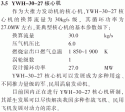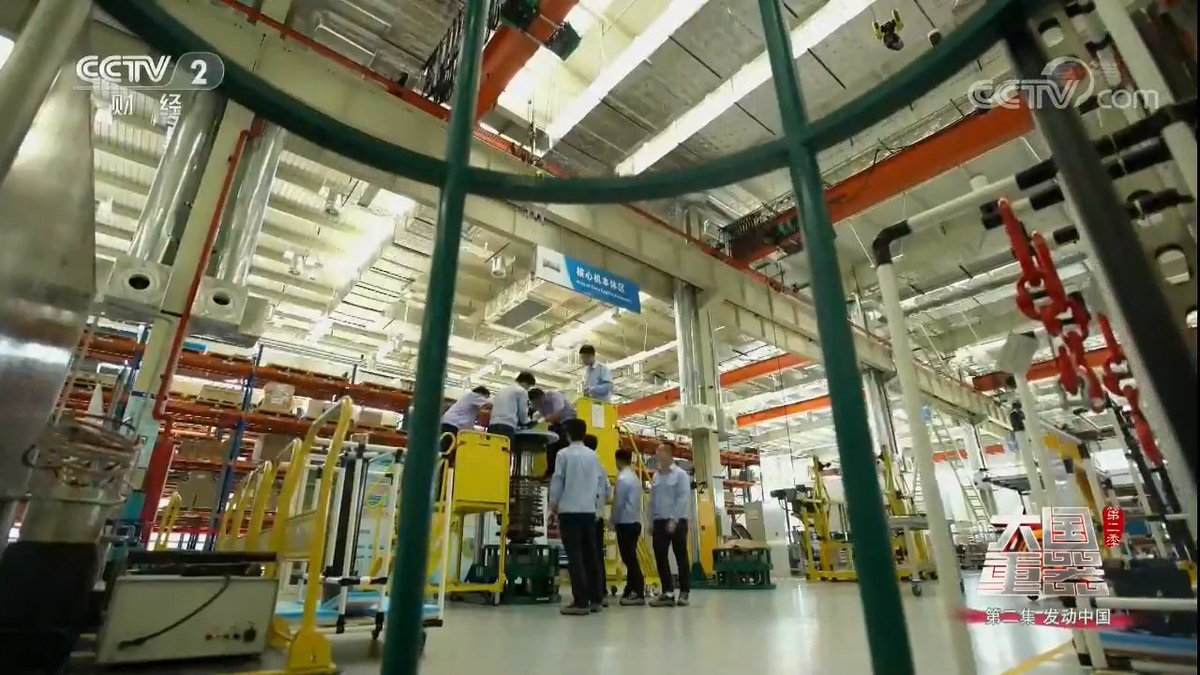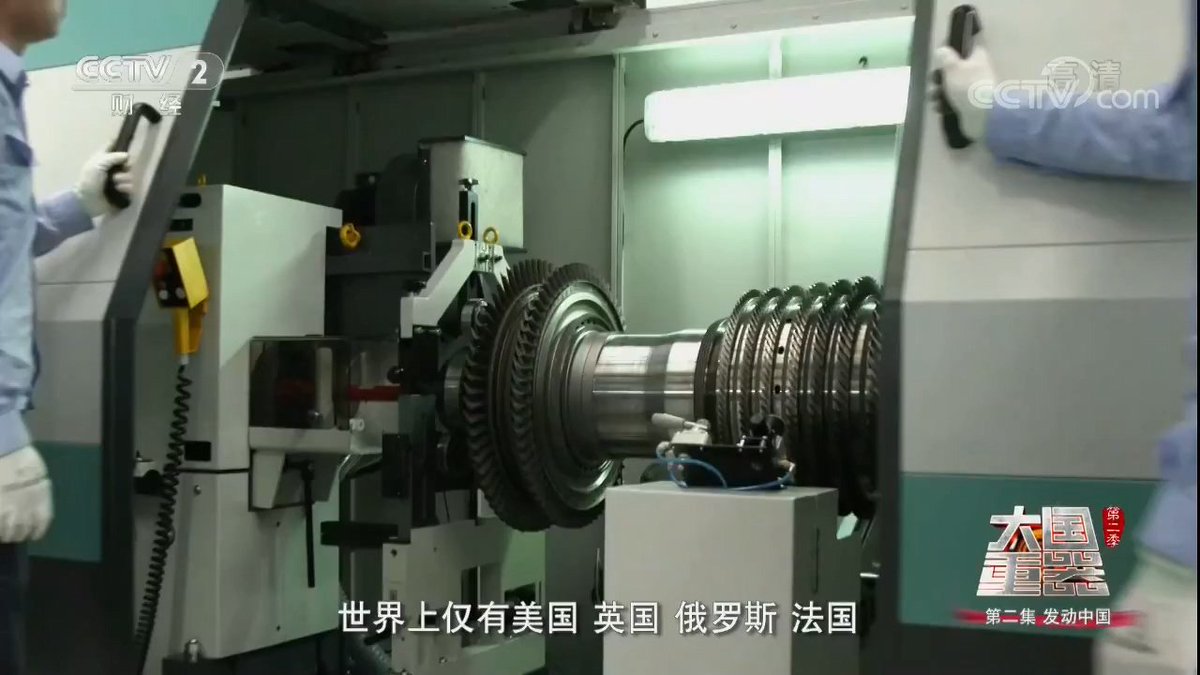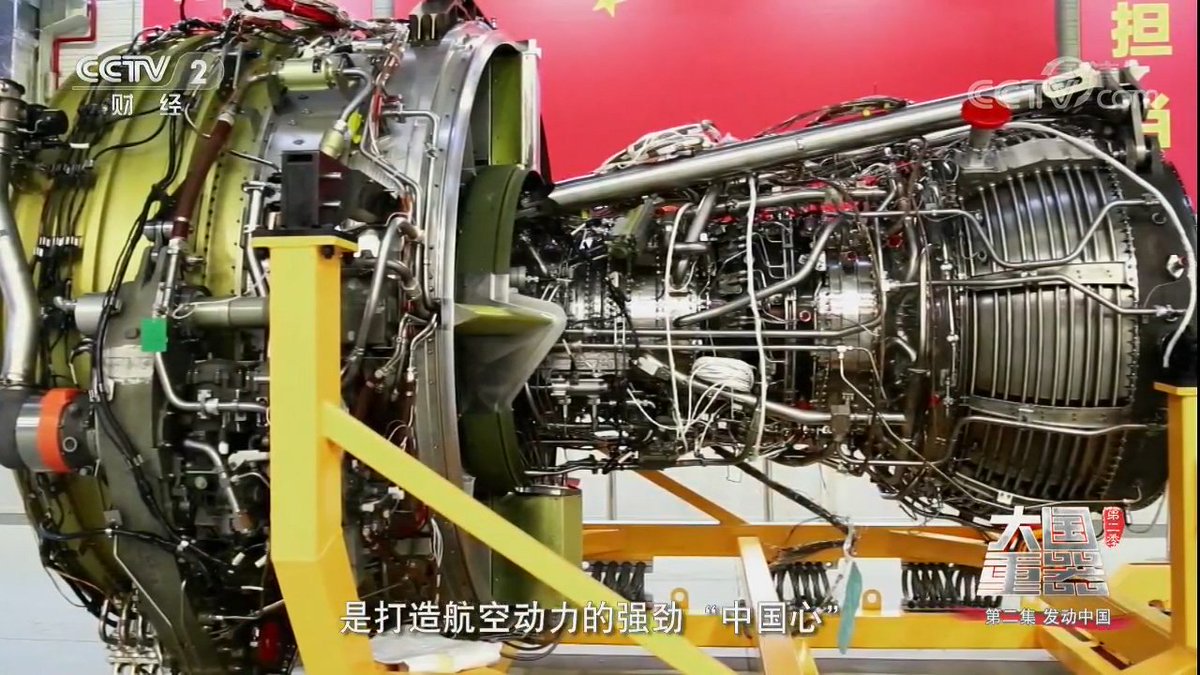6. Then China's fourth-generation engine WS15 thrust level is how much? What many people have learned so far is a very rough range of thrust given in an article a decade ago when still in the core machine design, based on the thrust range of the then-designed 30KG core machine Between 15 tons and 17.5 tons. So in addition there are other data you do, of course, such as the following engine test data.
[see link for pictures]
H represents the height of 0, M represents the speed of 0, Ga said the intake air flow, the state represents 100% of the speed, T1 on behalf of the Canadian temperature. The time of the above paper was 2011, the author was a Gas Turbine Institute, when the WS15 was in the development phase of the validator and the corresponding data was also the test point of the WS15 validator under development at the development stage. The stage of the validator is developed according to the 96% prototype of the prototype, which means that only 96% of the performance of the prototype is needed at the verifier stage, therefore, the thrust of the prototype is generally larger than that of the verification machine Big 5%. According to the table 130Kg / S flow data, WS15 prototype flow of about 137Kg / S flow level, according to the fourth generation unit flow thrust of 1.25 to 1.3Kgf / KgS level, then calculate the thrust range of WS15 is 17 Ton to 18 tons, 30 slightly larger than the product, the thrust difference between the two about 1 to 2 tons, thrust thrust 11 tons to 12 tons.
7. WS15 is now in the prototyping stage, due to previous prototype development encountered some difficulties and obstacles, so it seems the WS15 when the J20 flight test is still undetermined, but as between the T50 and J20 development process, the first God may not be the first service. For the more complicated technical requirements of the fourth generation of the engine, Russia in the three generations of the 117 engine problems are constantly changing, four generations of engines across the validator stage directly into the prototype development is a more risky move, so although the development of WS15 Looks unpleasant, the prototyping also appeared a variety of problems, but the steps are relatively secure, the problem is not exposed at an early stage is not a bad thing, until the prototype test again when a major failure, then the price to pay even greater It's For example, like 117 failure led to the fire burned a SU35 and a T50, of course, inappropriate hairy things, but the development of SU35 and T50 Maozi service time is expected to be a lot slower than expected, so the objective is still influential.
Finally, we will talk about the future development plan of the aero and terrestrial engine. So what's not so clear about Mao's development plan for the next generation of engine 30? But recently, yes, you did not mistakenly read the fifth Generation (the sixth generation engine of the United States and Russia), the first of China's self-adaptive cycle engine validators, is not only off the assembly line and has already started the test run, the most complicated engine ever developed in China. The degree is far more than WS15, but the verification machine from design to processing and then off the assembly line is a year's time. This is a major project launched after the establishment of the two major projects. It can also be seen that the development of China's aviation engines is accelerating. In the past, many advanced engine designs with limited technical foundation and funding are now being boosted by major special projects. Someone VIP, is entering the development of electromagnetic acceleration orbit. Of course, the test machine test machine is only the beginning of the domestic engine before the development process is often in the core machine and the verifier stage more smoothly, but into the prototype and the use of various problems and difficulties constantly, which is the future need customer service, but I Believe that according to the present orbit, with about 10 years, China is not a myth of aeroengine technology over Russia, but a foreseeable future, of course, the premise is to insist on the independent research and development of aeroengine and national funding on vigorously stand by.
The road is winding, the future is bright.
PS: to add to my understanding of the original design of 606 WS15 modification, a lot of ID on the substantial modification of 606 WS15 rumors do not understand, I personally think that WS15 prototype modify the rumor of the original design is a certain degree of credibility Degrees, because the core of the WS15 from the point of view, when the core of the 624 developed core turbine pre-turbine temperature of 1850K, the temperature before the turbine in the fourth generation of the engine is almost the lowest publicly reported lower than this is the EJ200, However, the EJ200 engine before the turbine temperature RR just say not less than 1800K, did not say much higher than 1800K, so EJ200 turbine actual temperature level may not be low. Then core turbine temperatures lower than before can increase engine life and reduce material and cooling design requirements, but for the fourth generation engine, the most important indicator of the value of the supersonic thrust performance, especially ultra Sound speed is not open afterburner performance indicators. To improve the supersonic speed of the military thrust performance, the engine needs to be designed in the throttling ratio is relatively high, while the high throttling than the design of the turbine before the temperature indicators put forward higher requirements.
Throttle than the concept of what does this mean? Is the ratio of the turbine's pre-turbine operating temperature at full speed to the turbine's pre-turbine operating temperature at takeoff. A larger throttling ratio means that the engine will work at a higher Mach number before it reaches the temperature limit, while a smaller throttling ratio means that the engine will be severely restricted in operating conditions at supersonic speeds. For the fourth generation of J20 so supersonic supersonic performance, the necessary fourth-generation engine must also focus on supersonic performance indicators, then the original core of the turbo pre-1850K temperature design parameters will not meet some needs, then inevitably have to The original design of a larger upgrade.
Taking the EJ200 mentioned above as an example, although the EJ200 thrust index on the open data is 90KN, in fact, the EJ200 has 5% of the lift promotion options in combat, which means that the EJ200 engine red line temperature is higher than the operating temperature Less, so the engine has only to continue to enhance the thrust of space. It is planned to develop an engine called "EJ2X0" with a thrust increase of at least 20% over prototype EJ200 by developing a new fan with a boost ratio of 4.6 and a 10% increase in air flow without opening Force when the thrust of 72kN, afterburner thrust of 103kN. Therefore, from the perspective of the EJ200's improvement, the engine's original design leaves a larger margin of temperature and air flow margin for later upgrades. From this it can also be seen that a higher throttling ratio is required if the engine is to have better supersonic capability and a higher throttling ratio would have resulted in a higher turbo temperature. So it seems a lot of rumors WS15 modified original design also has some rationality.




















